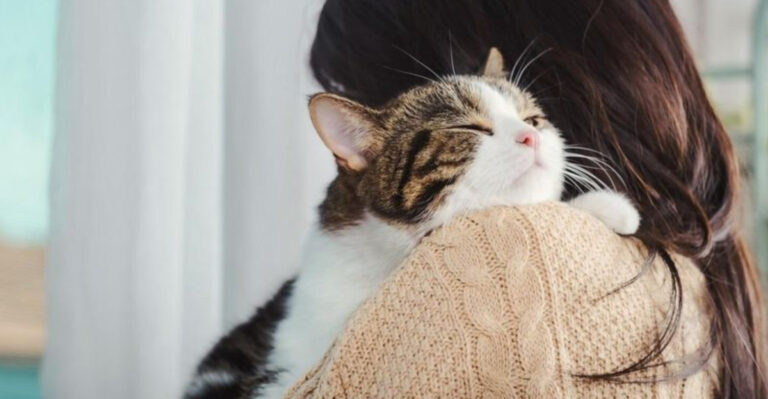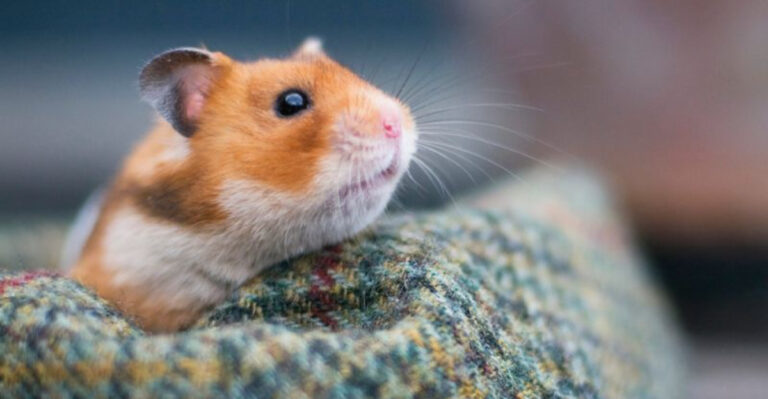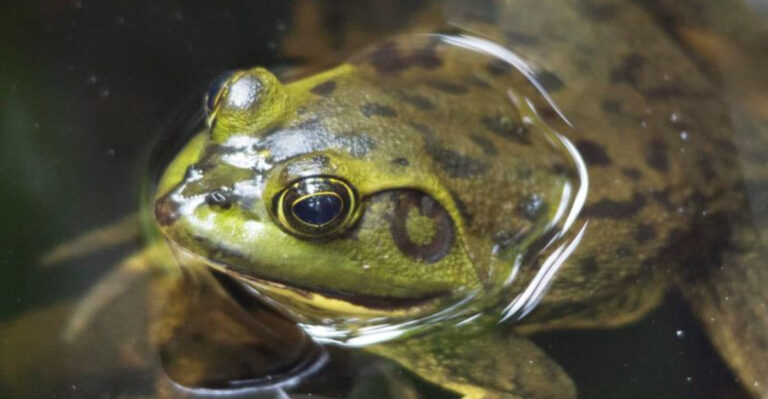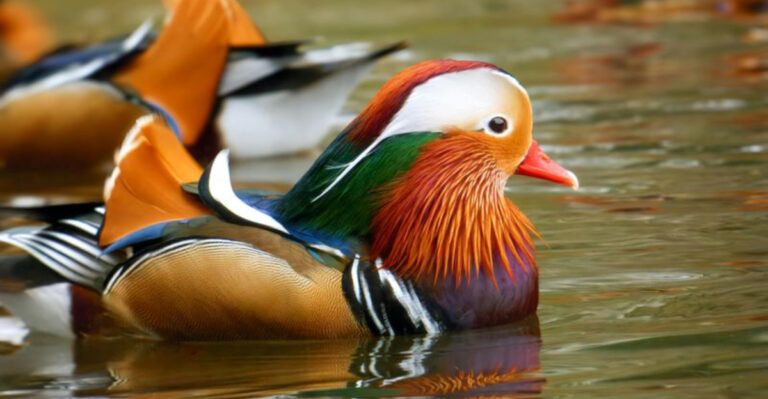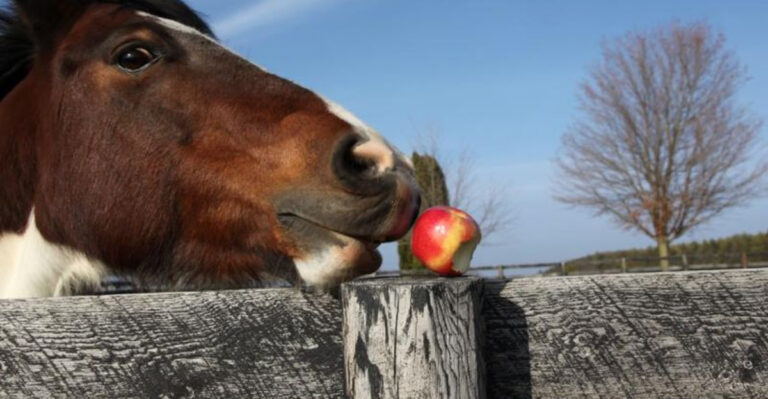21 Wild Animals That Still Roam Free Across Alberta
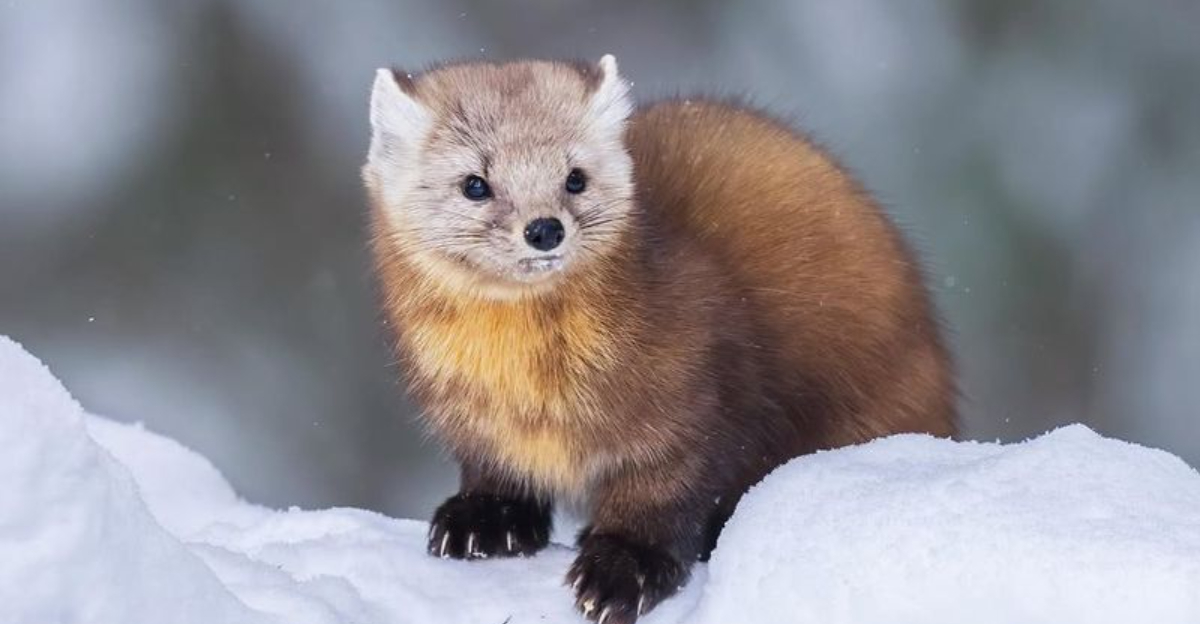
Alberta, a Canadian province known for its breathtaking landscapes, is also home to an incredible array of wild animals that roam free across its vast wilderness. From the majestic Rockies to the sprawling prairies, Alberta’s diverse ecosystems provide a sanctuary for a wide range of fascinating creatures.
Here are some wild animals that continue to thrive in Alberta’s natural habitats, each with its own unique characteristics and intriguing stories. Whether you’re a wildlife enthusiast or simply curious about Alberta’s natural wonders, this list is sure to captivate your interest.
1. Grizzly Bear
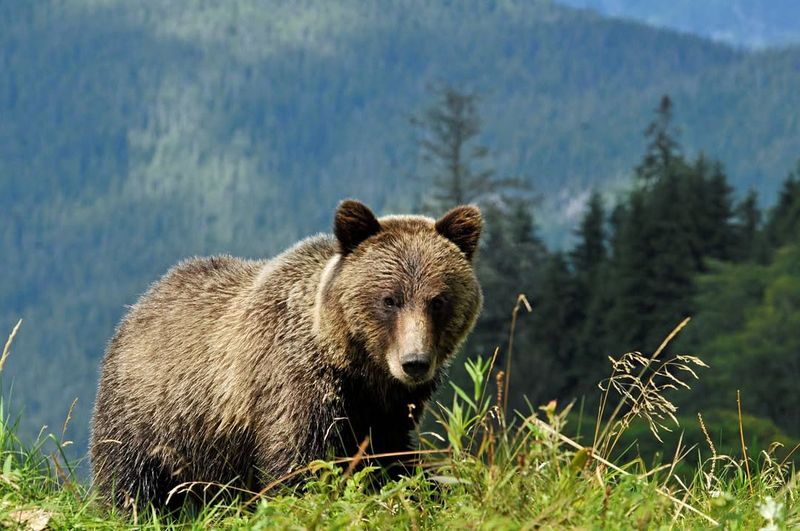
The grizzly bear, with its imposing size and humped shoulders, is a true icon of Alberta’s wild landscapes. This formidable creature is known for its incredible strength and speed, capable of reaching up to 35 miles per hour.
In the spring, grizzlies emerge from hibernation with an insatiable appetite, foraging for berries, roots, and fish. Despite their fearsome reputation, grizzlies are quite shy, preferring to avoid human contact whenever possible.
2. Mountain Goat
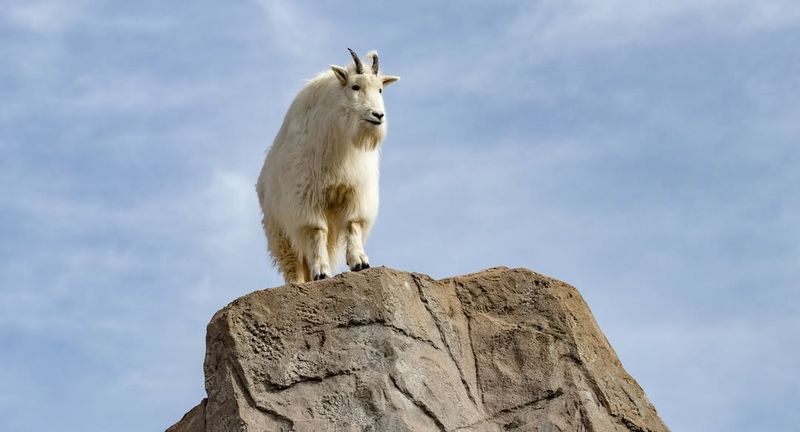
Perched high above the treeline, mountain goats are the acrobats of Alberta’s Rocky Mountains. With their shaggy white coats and remarkable climbing abilities, these agile creatures navigate steep, rocky terrain with ease.
Their hooves are specially adapted to grip slippery surfaces, allowing them to escape predators and reach nutrient-rich vegetation. Mountain goats are surprisingly social, often found in small groups led by a dominant female.
Fun fact: Mountain goats can leap nearly 12 feet in a single bound, a handy skill for traversing their rugged alpine habitat.
3. Moose
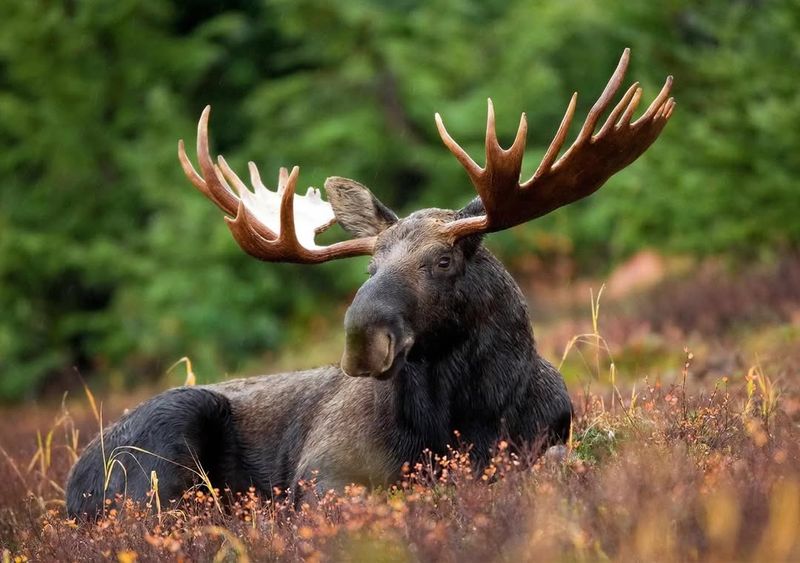
With its towering height and massive antlers, the moose is a symbol of Alberta’s northern forests. These solitary giants are most commonly found in wetland areas, where they feed on aquatic plants and shrubs.
Despite their size, moose are surprisingly good swimmers, often spotted crossing lakes and rivers in search of food. During the fall mating season, male moose engage in battles for dominance using their impressive antlers.
A quirky tidbit: Moose have a flap of skin under their throat called a “bell,” and no one really knows what it’s for!
4. Bald Eagle
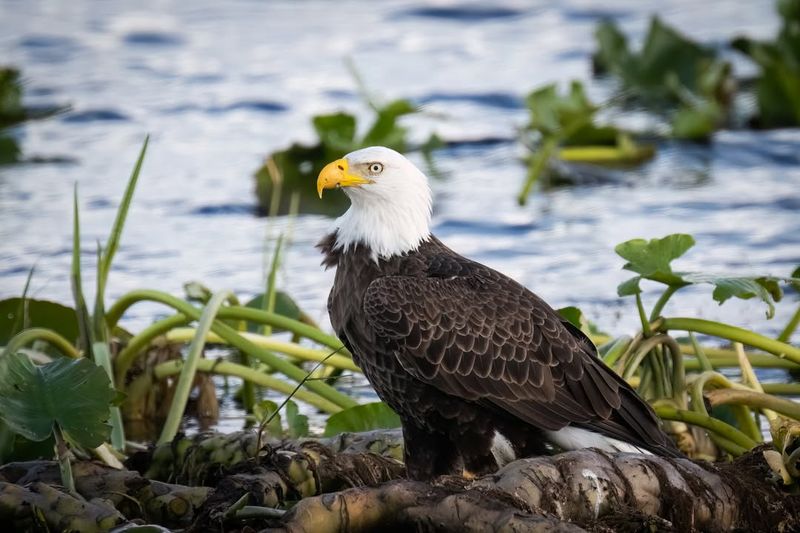
Alberta’s skies are graced by the presence of the bald eagle, a symbol of freedom and strength. These regal birds of prey are often seen soaring above lakes and rivers, keen eyes scanning for fish and small mammals.
With a wingspan that can reach up to 7 feet, bald eagles are powerful flyers, capable of reaching speeds of 100 miles per hour in a dive. During the nesting season, they build massive nests high in the treetops.
5. Bison
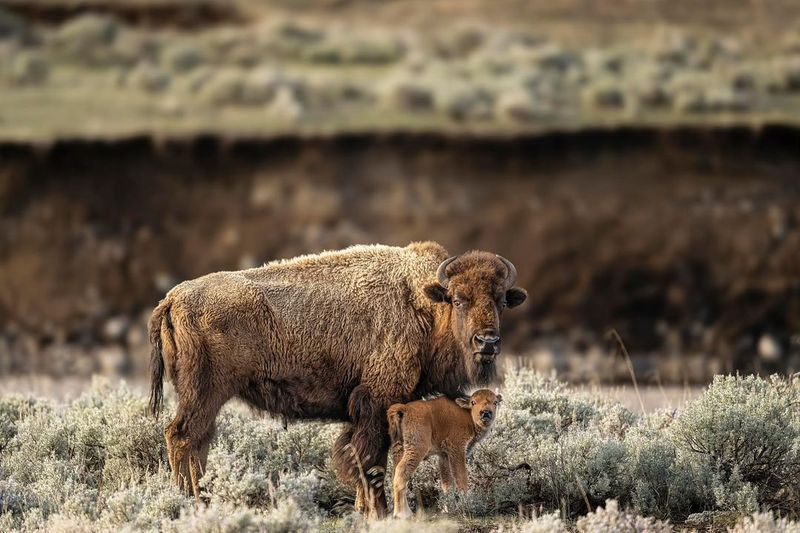
Once nearly driven to extinction, bison have made a remarkable comeback on Alberta’s prairies. These massive herbivores roam in herds, grazing on grasses and sagebrush. Bison are well adapted to Alberta’s harsh winters, with thick coats that insulate them from the cold.
In the summer, they engage in dust bathing, rolling in the dirt to protect themselves from insects. Bison are surprisingly fast, reaching speeds of up to 40 miles per hour when threatened.
6. Grey Wolf
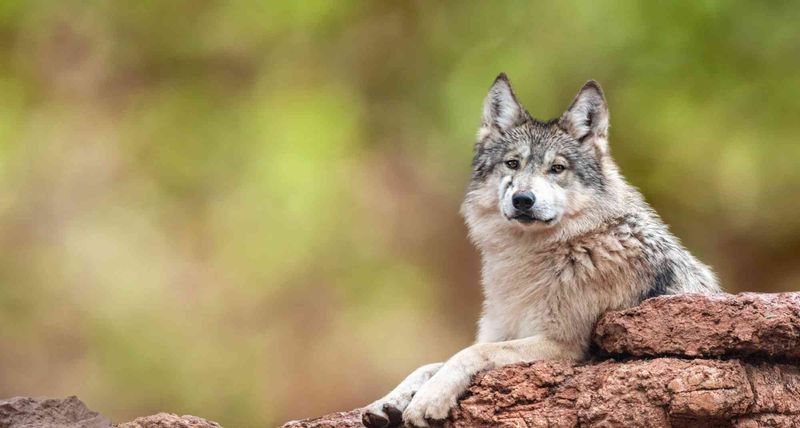
The haunting howl of the grey wolf echoes through Alberta’s wilderness, a reminder of the untamed beauty of these lands. Wolves are highly social animals, living in packs led by an alpha pair.
Together, they hunt for large game like deer and elk, working as a team to bring down their prey. Their dense fur keeps them warm in Alberta’s freezing winters, while their keen senses make them formidable hunters.
Did you know? Wolves have a complex system of vocalizations, including howls, barks, and whines, to communicate with each other over long distances.
7. Cougar
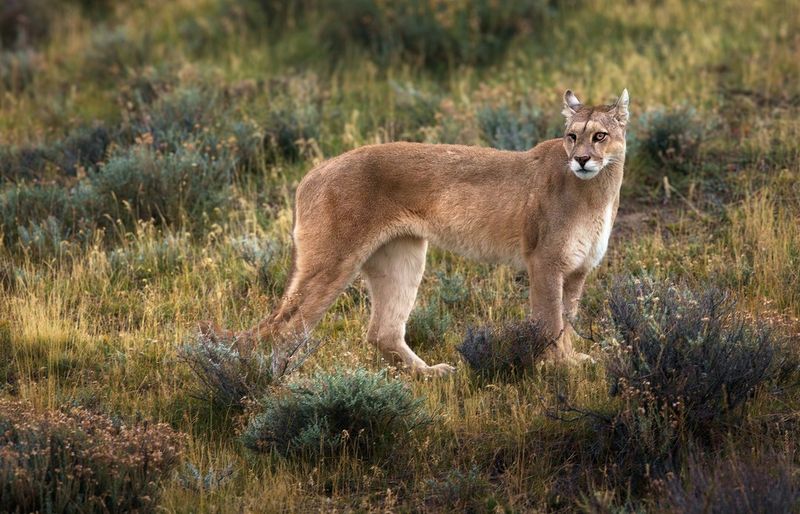
Silent and elusive, the cougar is Alberta’s top predator. Known for their stealth and strength, cougars are ambush hunters, relying on surprise to capture their prey.
These solitary cats have a wide range, each individual patrolling a large territory in search of deer and other mammals. Cougars can leap up to 18 feet to pounce on their prey, a testament to their power and agility.
Fun fact: Cougars can’t roar like lions; instead, they communicate with a series of whistles, chirps, and purrs. Their adaptability makes them one of Alberta’s most intriguing predators.
8. Beaver
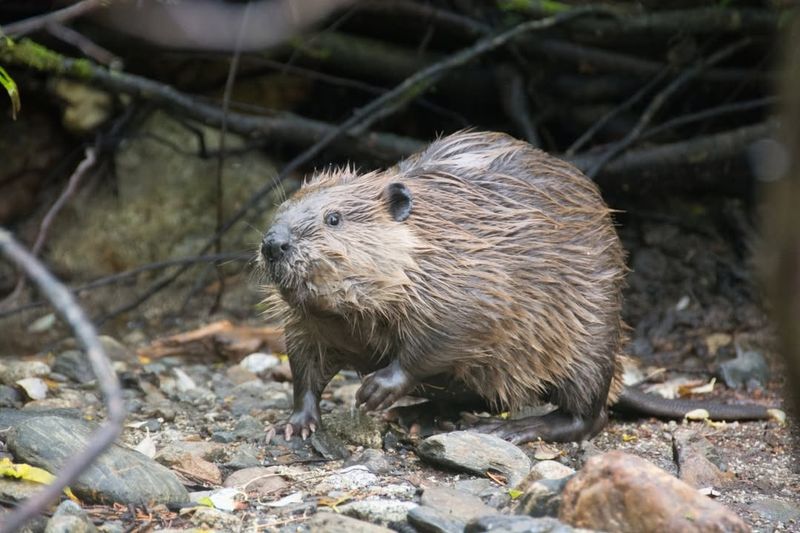
Alberta’s official animal, the beaver, is a master engineer of the wilderness. With their strong teeth and industrious nature, beavers build intricate dams and lodges along rivers and streams.
These structures create ponds that provide habitat for a variety of wildlife. Beavers are largely nocturnal, spending their nights gnawing on trees and transporting branches to their construction sites.
9. Lynx
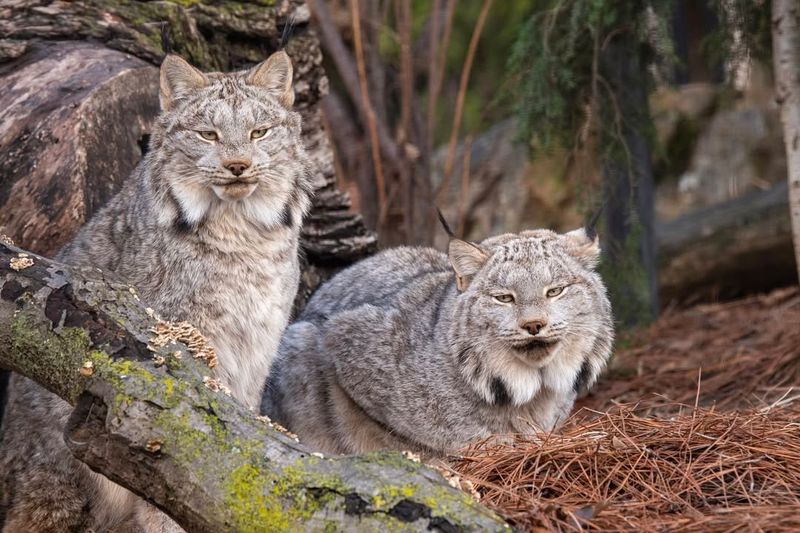
In the silent snow-covered forests of Alberta, the lynx is the ghostly predator, moving with grace and precision. Known for their tufted ears and large paws, lynxes are perfectly adapted to life in the northern wilderness.
Their paws act like snowshoes, allowing them to move silently across the snow in pursuit of snowshoe hares, their primary prey. Despite their solitary nature, lynxes are known for their patience, often waiting hours for the perfect moment to pounce.
10. Red Fox
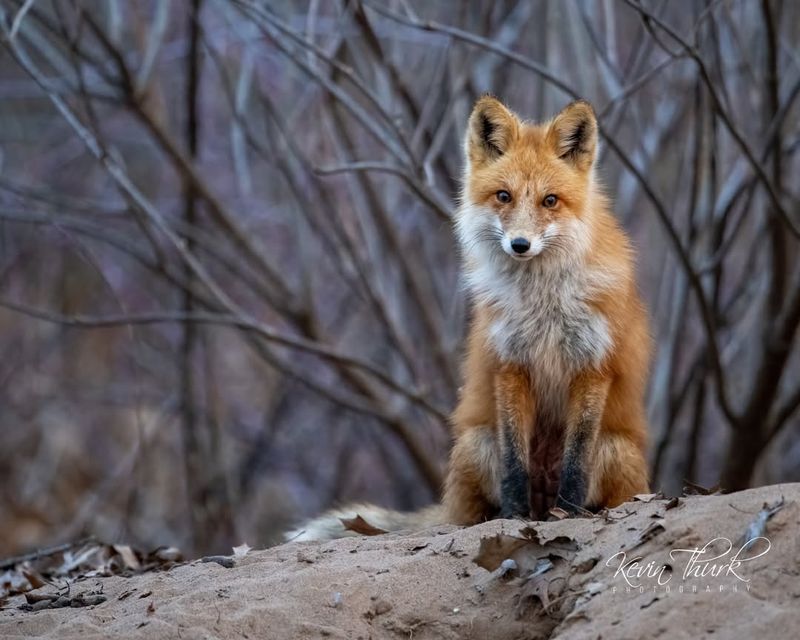
With its bright orange coat and bushy tail, the red fox is a charming sight on Alberta’s open fields. These adaptable creatures are known for their cunning intelligence and playful nature.
Foxes are omnivores, feeding on a variety of foods including rodents, insects, and berries. Their keen sense of hearing allows them to locate prey even under thick snow.
Red foxes are known for their playful behavior, often seen pouncing on toys or chasing each other in the fields. Did you know? Foxes have been known to “charm” worms out of the ground by dancing on the spot!
11. Elk
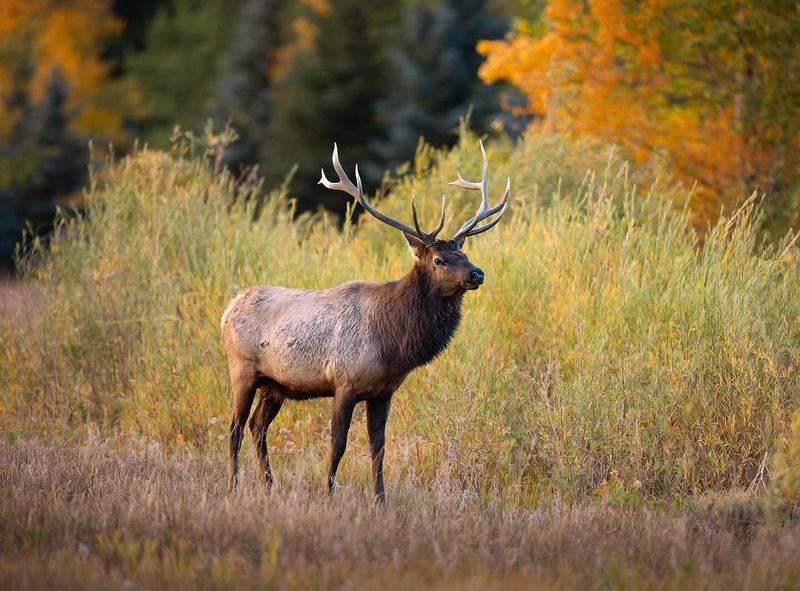
In the heart of Alberta’s forests and meadows, the elk stands as a symbol of grace and strength. With their impressive antlers and resonant bugle calls, elk are a captivating presence in the wild.
These herbivores graze on grasses and shrubs, often moving in herds led by a dominant male. During the fall rut, male elk engage in dramatic battles for mating rights, clashing antlers in a display of power.
12. Black Bear
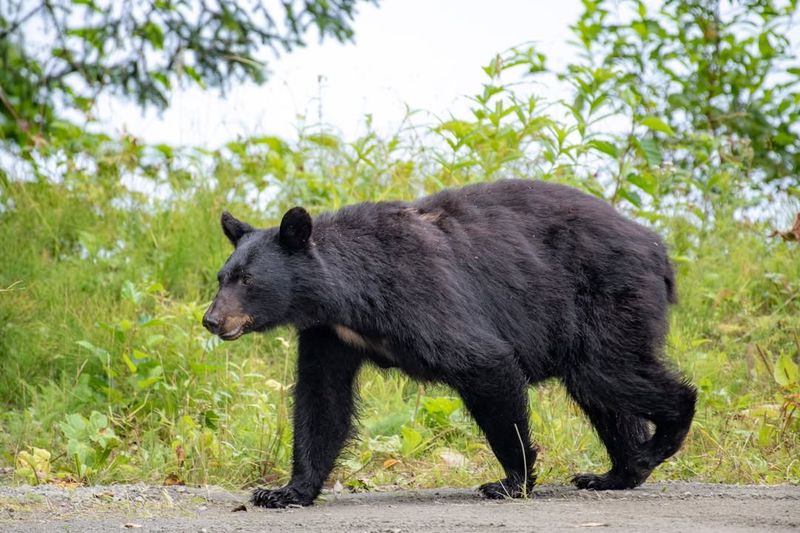
In Alberta’s dense forests, the black bear is a frequent visitor, often seen foraging for berries and insects. Despite their name, black bears can come in a variety of colors, from cinnamon to almost white. These bears are omnivorous, with a diet that changes with the seasons.
In the spring, they feast on young plants, while in the fall, they gorge on berries to build up fat for hibernation. Quirky fact: Black bears can run up to 30 miles per hour and are excellent climbers, often scaling trees to escape danger or find food.
13. Caribou
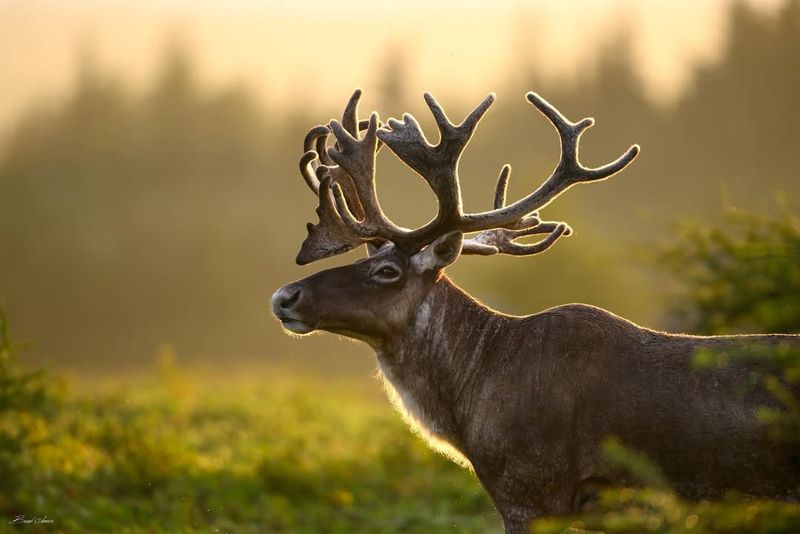
In the remote northern reaches of Alberta, the caribou is a symbol of endurance and migration. These majestic animals travel great distances across the tundra, following ancient routes in search of food.
Caribou are unique in that both males and females grow antlers, which they use to dig through snow to find lichen, their primary food source in winter. During the calving season, caribou gather in large herds to protect their young from predators.
14. Coyote
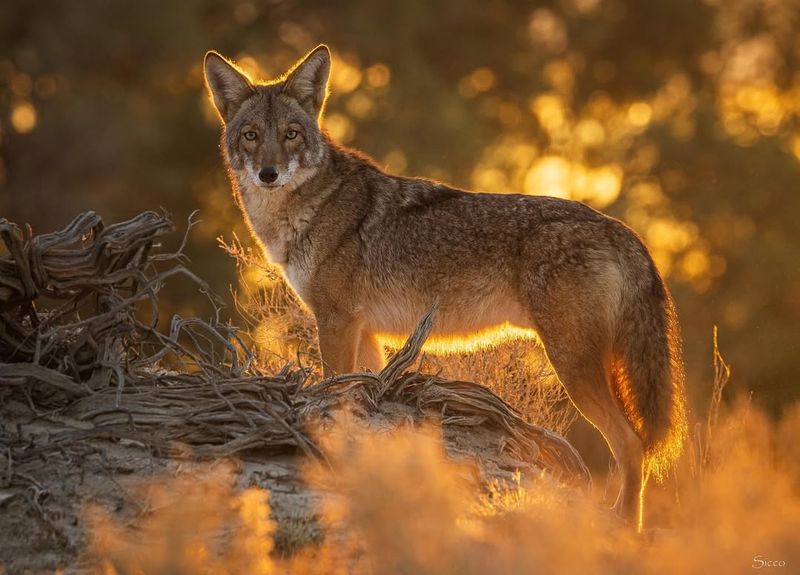
The coyote, known for its adaptability and intelligence, is a common sight in Alberta’s grasslands and forests. These clever canines are highly opportunistic, feeding on a variety of foods including rodents, fruits, and even garbage.
Coyotes are often seen in pairs or small family groups, hunting together to catch larger prey. Their distinctive howl can be heard echoing across the landscape at dusk.
15. Porcupine

With a body full of quills and a penchant for climbing trees, the porcupine is one of Alberta’s most unusual residents. These nocturnal rodents are herbivores, feeding on bark, leaves, and twigs.
When threatened, porcupines raise their quills as a defense mechanism, deterring predators with their sharp points. Despite their prickly appearance, porcupines are excellent climbers, often found high up in trees to escape danger.
Interesting tidbit: Porcupines have a natural antibiotic coating on their quills, helping to prevent infection in case of accidental self-injury.
16. Great Horned Owl
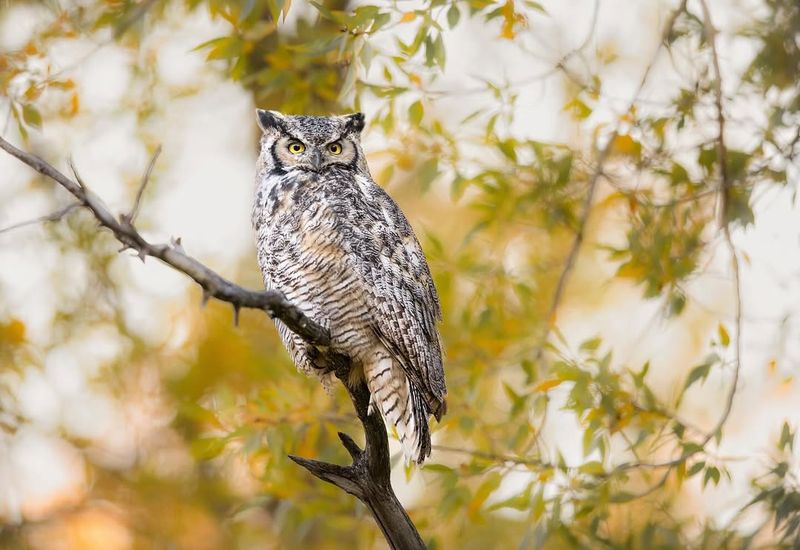
In the stillness of Alberta’s nights, the great horned owl is a silent hunter, its haunting call echoing through the darkness.
Known for their distinctive ear tufts and piercing yellow eyes, these owls are formidable predators, capable of taking down prey much larger than themselves. They hunt using their acute sense of hearing and silent flight to ambush unsuspecting animals.
Great horned owls are highly adaptable, found in a variety of habitats from forests to deserts. Did you know? These owls can rotate their heads up to 270 degrees, giving them an exceptional field of vision.
17. River Otter
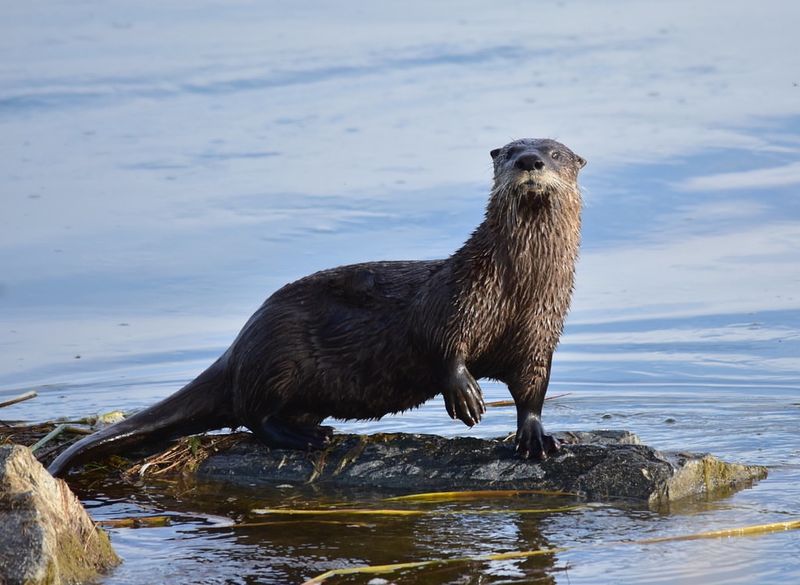
In Alberta’s rivers and lakes, the river otter is a playful and agile swimmer, known for its boundless energy and curious nature. These social mammals live in family groups, spending their days hunting for fish and playing in the water.
Otters have sleek, streamlined bodies and webbed feet, making them excellent swimmers. They use their keen sense of smell and sharp eyesight to locate prey underwater.
18. Mule Deer
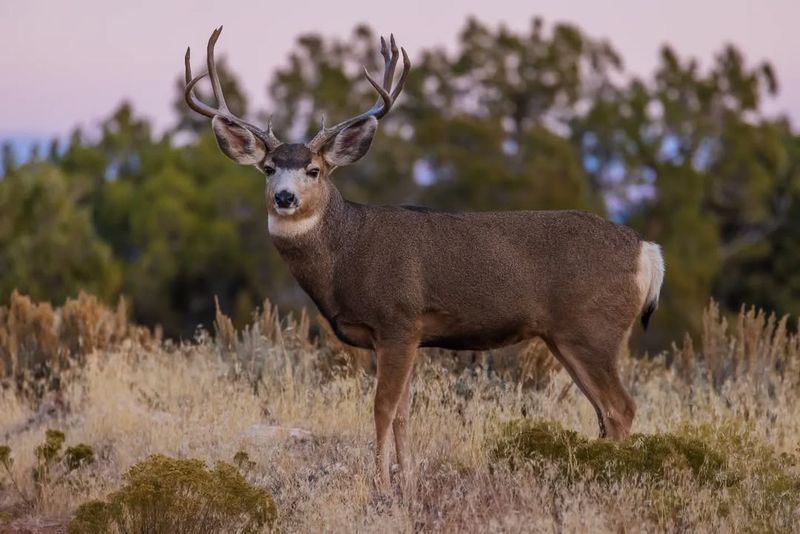
In Alberta’s woodlands, the mule deer is a familiar sight, easily recognized by its large ears and graceful demeanor. These herbivores are most active during dawn and dusk, foraging for leaves, twigs, and grasses.
Mule deer are known for their unique bounding gait, called “stotting,” which helps them quickly navigate rough terrain. During the mating season, males grow impressive antlers and engage in battles to secure a mate.
19. American Badger
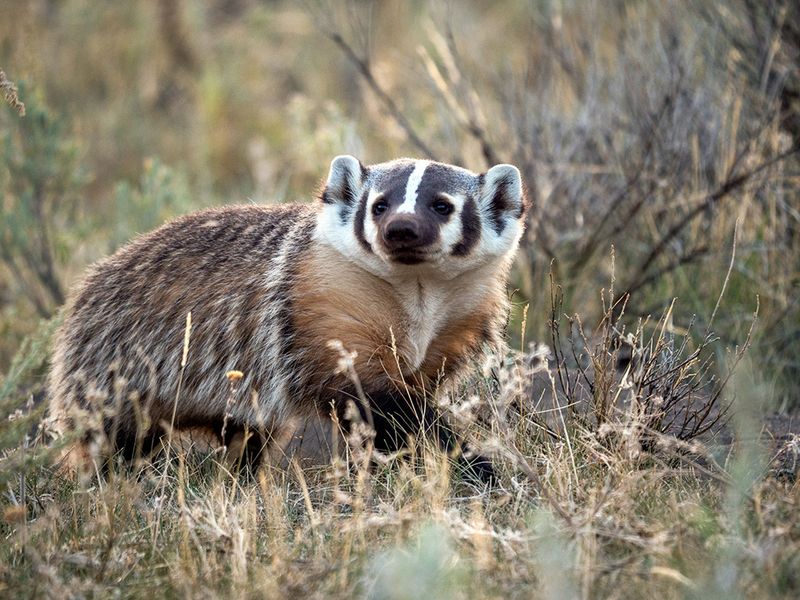
With their distinctive black and white facial markings, American badgers are expert diggers of Alberta’s grasslands. These solitary creatures spend much of their time underground, excavating burrows in search of small mammals to eat.
Badgers have strong, muscular bodies and long claws, perfect for digging through hard soil. Despite their fierce appearance, badgers are quite shy and prefer to avoid human contact.
20. Snowy Owl
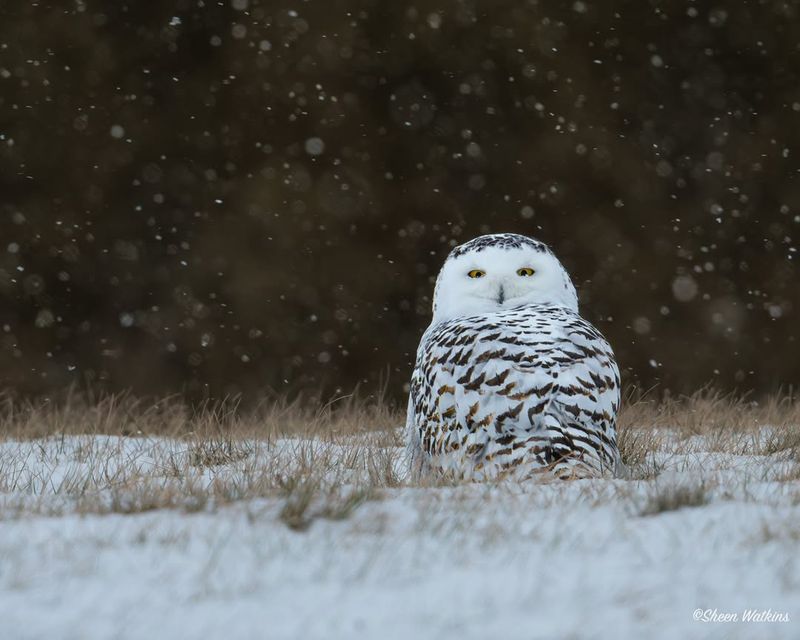
In the open fields of Alberta, the snowy owl is a striking sight with its brilliant white plumage and piercing yellow eyes. These majestic birds are adapted to cold climates, with thick feathers that provide insulation against the harsh winter winds.
Snowy owls are nomadic, often traveling great distances in search of food, primarily lemmings and other small mammals. During the breeding season, they perform elaborate aerial displays to attract a mate.
21. Pine Marten
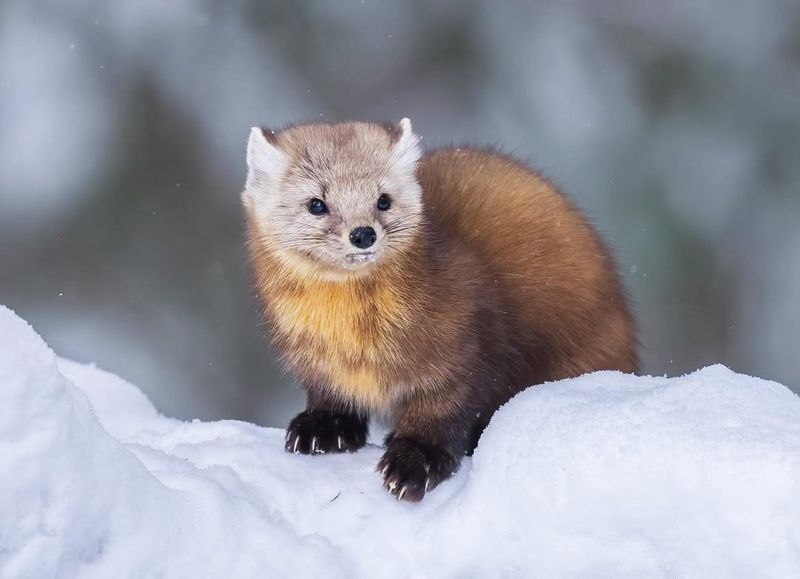
In the dense forests of Alberta, the pine marten is an agile and elusive hunter, known for its sleek, slender body and bushy tail. These carnivorous mammals are skilled climbers, often found hunting for birds and small mammals among the treetops.
Pine martens are solitary animals, with each individual marking its territory with scent glands. Despite their small size, they are fierce predators, using their sharp teeth and claws to capture prey.

